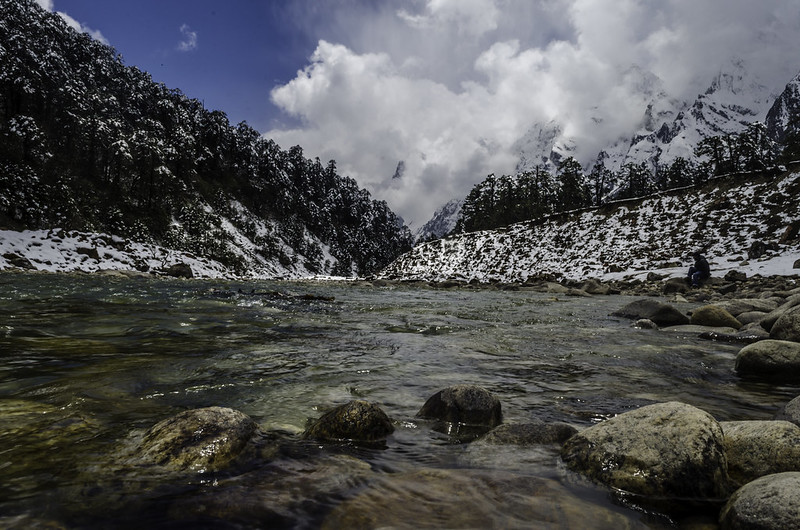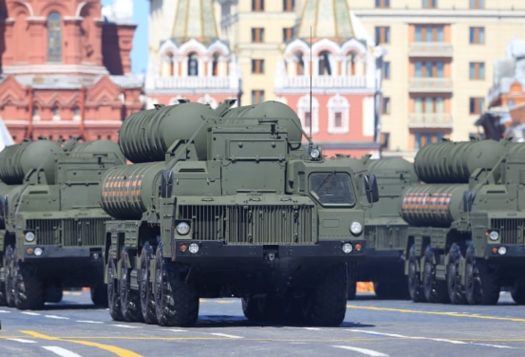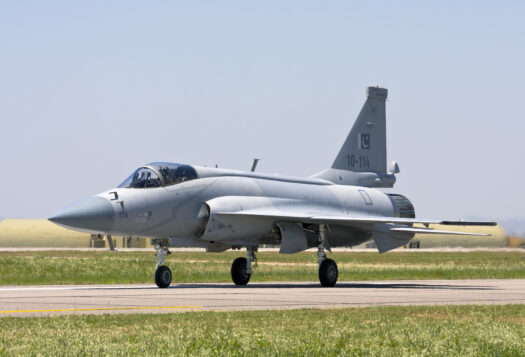
Indian Foreign Secretary Vinay Kwatra’s recent visit to Dhaka marked a significant shift in India’s engagement with Bangladesh. Kwatra expressed Indian interest in financing the management and restoration of the Teesta River, a long-contested water resource between the two sides. This expression of interest coincides with China’s ongoing involvement with and proposal to finance the same project. While it is easy to see the involvement of China and India in the Teesta River project within the commonly understood context of geopolitical rivalry, this unique situation presents an opportunity for a tripartite collaboration that could transcend traditionally competitive dynamics. Through cooperative efforts, China, India, and Bangladesh, have the potential to create a sustainable and effective management plan for the Teesta waters while also building trust.
Through cooperative efforts, China, India, and Bangladesh, have the potential to create a sustainable and effective management plan for the Teesta waters while also building trust.
A Lifeline for Bangladesh under Threat
The Teesta River, spanning 258 miles in length, is a major transboundary river that originates from the Pauhunri Mountain in the eastern Himalayas. It passes through the Indian states of Sikkim and West Bengal before entering Bangladesh through the Rangpur division. A report by The International Centre for Integrated Mountain Development (ICIMOD) states that the Teesta basin supports approximately 30 million residents, with 71 percent in northwest Bangladesh. The Teesta, Bangladesh’s fourth largest river, spans a floodplain of 1708 square miles and accounts for 14 percent of the nation’s total crop production. However, as the lower riparian state, Bangladesh contends with the dual challenges of flooding from the river during the rainy season, and drought during the dry season, which adversely affects the economy, livelihoods, and ecosystems. According to the Washington-based International Food Research Institute (IFPRI), Bangladesh annually loses 1.5 million tons of Boro rice, or 8.9 percent of its total rice production, due to water shortages in the Teesta barrage area. Losses are projected to increase by eight percent by 2030 and 14 percent by 2050.
Sporadic Regional Cooperation
The Teesta River dispute began in 1951 when India and then-East Pakistan agreed on the equitable sharing of the Ganges waters, including the Teesta River. While a full water sharing agreement was never implemented, an ad hoc arrangement for sharing the Teesta waters was reached in 1983 through the India-Bangladesh Joint Rivers Commission. It allotted 39 percent of the water to India, 36 percent to Bangladesh, and the remaining 25 percent was unallocated. It was a temporary arrangement that ended in 1985.
The significance of the Teesta river issue has been on the rise since the Ganga Water Treaty of 1996. This treaty aimed to ensure a fair distribution of the Ganga River’s (known as the Padma River in Bangladesh) water during the dry season, fostering cooperation and mutual benefit for both India and Bangladesh. Following this, negotiations between the two countries over sharing the Teesta waters began, but have achieved very limited success.
In September 2011, then-Indian Prime Minister Manmohan Singh visited Bangladesh, and a draft agreement on water sharing was prepared. India proposed to allocate 37.5 percent of the Teesta waters to Bangladesh, retaining 42.5 percent for itself during the dry season. However, the agreement hit a major roadblock when Mamata Banerjee, the Chief Minister of West Bengal, objected strongly. She wanted to keep the water for West Bengal’s irrigation needs despite Bangladesh’s rightful demand for a fair share under international law. This artificial blockage and the diversion of water through the Teesta-Mahananda link canal, along with an incomplete canal network and the impact of climate change and hydropower projects, has left the Teesta River drying up in Bangladesh during the dry season, causing significant hardship for those who depend on its waters.

Bangladesh has consistently raised concerns about the delays in finalizing the long-awaited Teesta River water sharing treaty. However, there has been no positive response from India. This unresponsiveness further fuels Bangladesh’s concerns around India’s recent plan to build two additional canals, which may further divert water from Bangladesh. Finding no alternative, the Bangladesh government has collaborated with China to initiate the Teesta River Comprehensive Management and Restoration Project (TRCMRP) to address the prolonged dual crises of water scarcity and flooding in the Teesta River. China is looking to finance the Teesta project in Bangladesh to enhance regional connectivity and economic partnerships as part of its Belt and Road Initiative, which would achieve both regional development and an increase in its strategic influence in South Asia.
In 2016, Bangladesh and China signed a Memorandum of Understanding to collaborate on water sector initiatives, with China lending Bangladesh nearly USD $1 billion. This led to the submission and approval of the TRCMRP report in 2019, with the project set to be completed by 2025. With seven strategic goals, the project seeks to stabilize the river’s flow, create comprehensive flood management strategies to mitigate flooding risks and river erosion, and dredge the river system to improve water storage capacity. Additionally, the TRCMRP includes land reclamation and focuses on hydraulic construction and irrigation enhancements to support agriculture. There is also a significant focus of the project on environmental and ecological restoration to balance development with conservation. This initiative represents a critical step towards resolving long-standing water issues and promoting sustainable development of the Teesta River area.
Geopolitical Implications and Future Possibilities
India’s recent expression of interest in financing the Teesta River project is a geopolitical maneuver aimed at counterbalancing China’s involvement in the region. This move underscores India’s strategic intent to reassert its influence in South Asia, a region where China’s BRI has been making substantial inroads. By proposing to finance the project, India aims to dissuade Bangladesh from overly relying on Chinese investments, thereby reducing Beijing’s strategic foothold in the region.
If India successfully finances the Teesta project, it could foster stronger bilateral ties with Bangladesh, addressing Dhaka’s long-standing concerns about water scarcity and irrigation needs during the dry season. This could potentially lead to a more stable and cooperative regional environment, enhancing India’s standing as a reliable partner in South Asian development. Moreover, this move might compel Dhaka to reconsider its engagements with China and weigh the benefits of aligning more closely with India, which shares cultural and historical ties with Bangladesh.
However, there are several uncertainties surrounding this development. Should India choose to finance the project alone and should Bangladesh agree, India would need to ensure that the funding and technical expertise match the comprehensive support promised by China. Any shortfall could undermine the project’s success and India’s credibility as a development partner.
Given the historical rivalry and strategic competition between India and China, achieving a cooperative framework would require unprecedented diplomatic efforts and concessions from all parties involved.
Additionally, the success of India’s proposal hinges on China’s response. If China decides to withdraw or reduce its investment in the Teesta project, it could lead to a shift in the regional power dynamics, with India gaining a strategic upper hand. Conversely, if China persists and actually augments its involvement, it might escalate the rivalry, compelling Bangladesh to navigate a complex diplomatic landscape to balance relations with both powers.
From Dhaka’s perspective, a potential path forward to address these challenges could be tripartite cooperation between India, China, and Bangladesh to manage the river. Such collaboration would pool resources, expertise, and influence, potentially leading to a more efficient and mutually beneficial outcome for all parties. However, given the historical rivalry and strategic competition between India and China, achieving a cooperative framework would require unprecedented diplomatic efforts and concessions from all parties involved. Nevertheless, if successful, it could set a precedent for future multilateral initiatives in Southern Asia , and foster greater stability and cooperation in the region.
Also Read: Integrating Climate Diplomacy and Water Management in South Asia
***
Image 1: A tributary of the Teesta River via Sayan Bhattacharjee on Flickr
Image 2: MOUs exchange & Press Statement between India-Bangladesh via MEA India on Flickr


